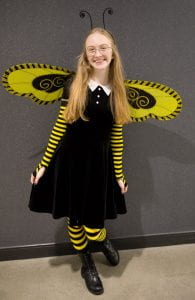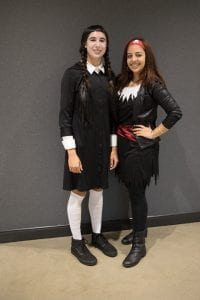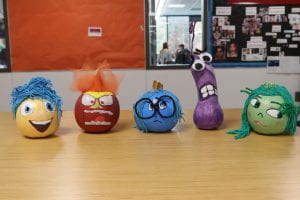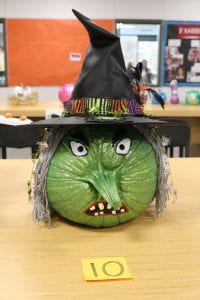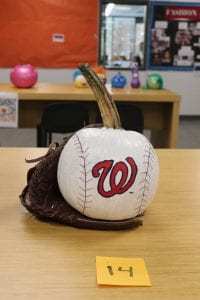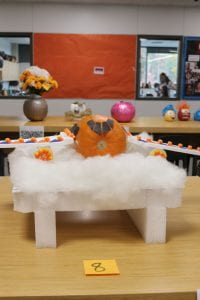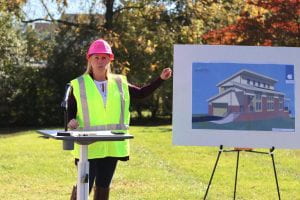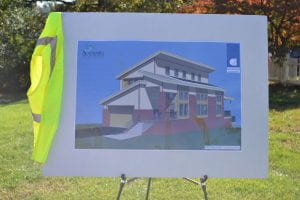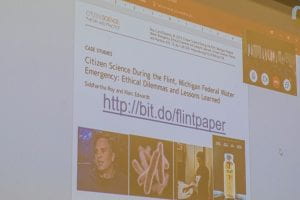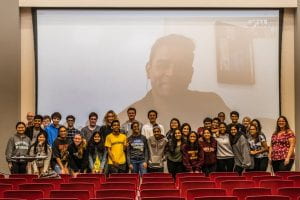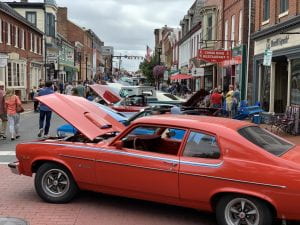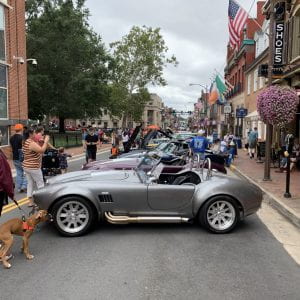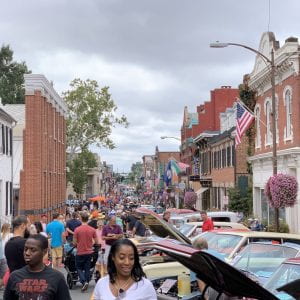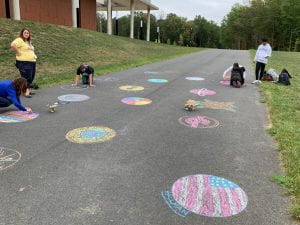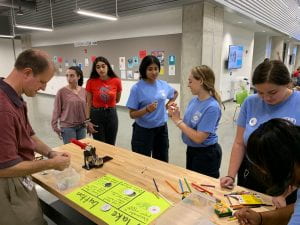At first, all I see is a deep orange sky radiating into my vision, outlining the black precipice-like mountains before me. Woah. A red roller coaster track lies before me, looping up into the mountains, which are towering dauntingly above me. The little car I’m sitting in is shaped like a dull-colored coffin, with a cross embedded at the front. It seems old and rusty, with white seats stained from age. Suddenly, with a jerk, the cart began to move.
Immediately, I’m taken up, climbing the tall slope of the track into the mountains. Blue fog covers the tracks, rising up with eerie notice. My stomach still drops, and I find something to hold onto in sheer panic. Slowly, I reach the top of the incline, out of the fog, and I glance down at the impending drop into a swirl of twists and turns in the pitch black mountains. My heart leaps into my throat with anticipation.
And then I’m falling, twisting to the left, then to the right. And after a few seconds of getting accustomed, I begin to enjoy myself. Black skeleton ghouls jump before me as I travel along the track’s hills and turns, and ghostly white apparitions fly across the track as I pass by. Blackened crosses stick from the ground, and scraggly leafless dark trees stand out against the horizon. At times, I pass slowly through graveyards covered in the blue fog, strange noises drifting through my ears.
At last, the roller coaster begins to slow, the blue fog rising again as I pass through a set of half-opened gates. A ghoul waits for me at the end, and _______ ______(no spoilers)______ ____________. The screen goes black, and a menu pops up. Jittery from the excitement and nerves, I pull off my virtual reality simulation headset.
TO BE CONTINUED …









